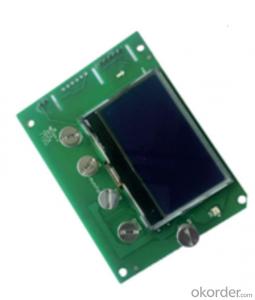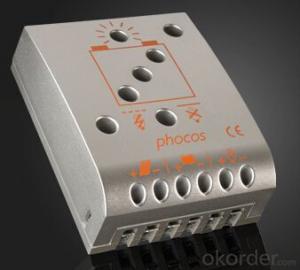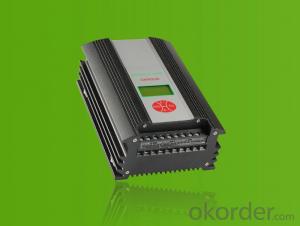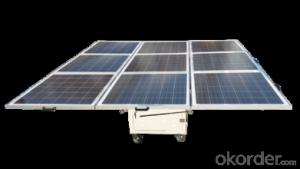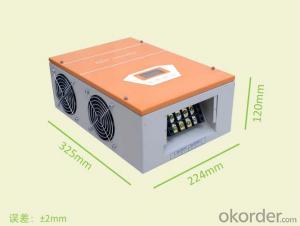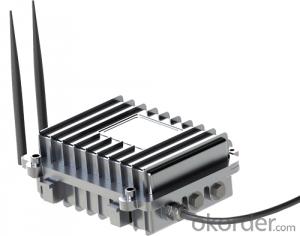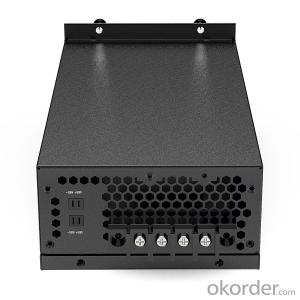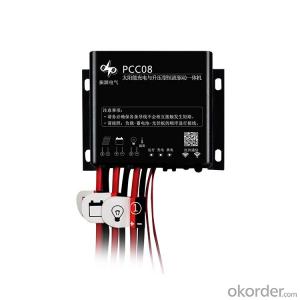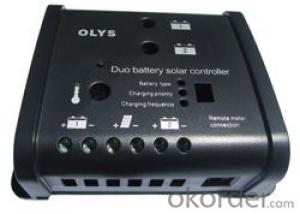Mpp Solar Inverter
Mpp Solar Inverter Related Searches
Mpp Solar Power Inverter Mpp Solar Hybrid Inverter Mpp Solar Charger Inverter Mpp Solar Inverter Charger Mpp Solar Inverter 12v Mpp Solar Inverter Price Mpp Solar Inverter 48v Mpp Solar 48v Inverter Mppt Solar Inverter Mppt Solar Power Inverter Mppt Inverter Solar Mpp Solar Inverter Manual Mppt Solar Pump Inverter Mppt Solar Hybrid Inverter Mppt Hybrid Solar Inverter Mpp Solar Inverter Problems Mppt Based Solar Inverter Microtek Mppt Solar Inverter China Mppt Solar Inverter Mpp Solar Grid Tie Inverter Mppt Inverter For Solar System Mppt Solar Inverter Charger Mp Solar Inverter 12v Mppt Solar Inverter Mppt Solar Inverter Price Mpp Solar Inverter 3kva 2400w Mppt Solar Inverter 48v Best Mppt Solar Inverter Mppt Solar Inverter 24v Dual Mppt Solar InverterMpp Solar Inverter Supplier & Manufacturer from China
Mpp Solar Inverter is a type of solar power conversion device that is specifically designed to optimize the performance of solar panels by converting the direct current (DC) generated by the panels into alternating current (AC) that can be used by electrical appliances and fed into the power grid. This advanced technology ensures maximum energy output from solar panels, making it an essential component in various solar energy systems.The Mpp Solar Inverter finds its application in a wide range of scenarios, including residential, commercial, and industrial settings. It is particularly useful in off-grid and grid-tied solar power systems, where it plays a crucial role in harnessing the power of the sun and making it available for everyday use. By efficiently managing the energy flow from solar panels to the grid or local electrical systems, the Mpp Solar Inverter helps in reducing dependence on traditional energy sources and contributes to a greener, more sustainable future.
Okorder.com is a reputable wholesale supplier that offers a vast inventory of Mpp Solar Inverters, catering to the needs of various customers worldwide. With a commitment to quality and customer satisfaction, Okorder.com ensures that the Mpp Solar Inverters they provide are of the highest standards, meeting the diverse requirements of different solar energy projects. Their extensive range of products and competitive pricing make them a preferred choice for those looking to invest in reliable and efficient solar power conversion solutions.
Hot Products










